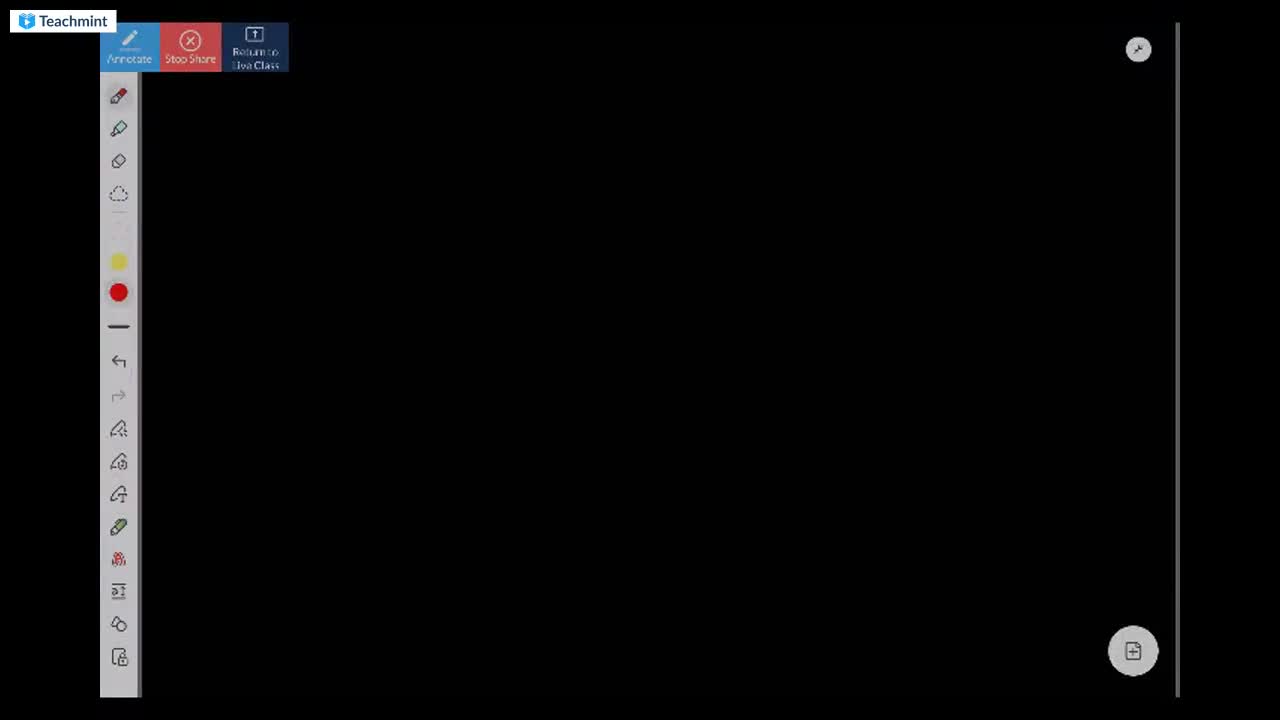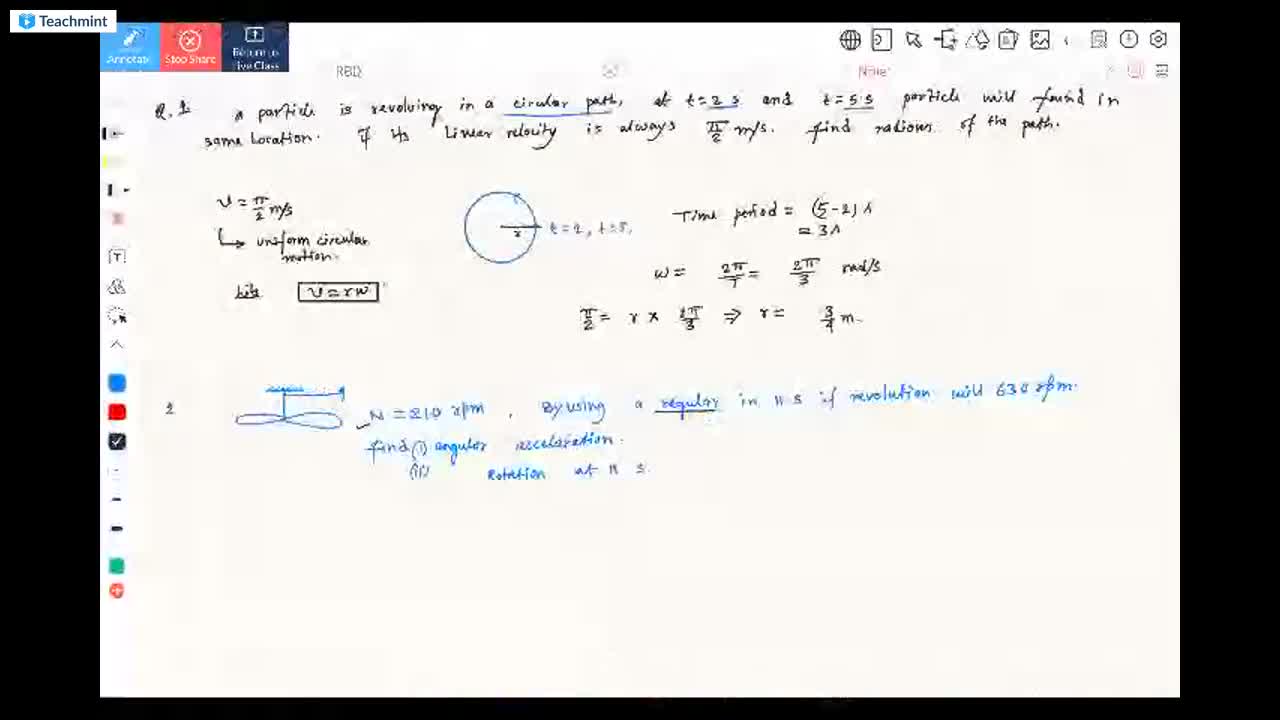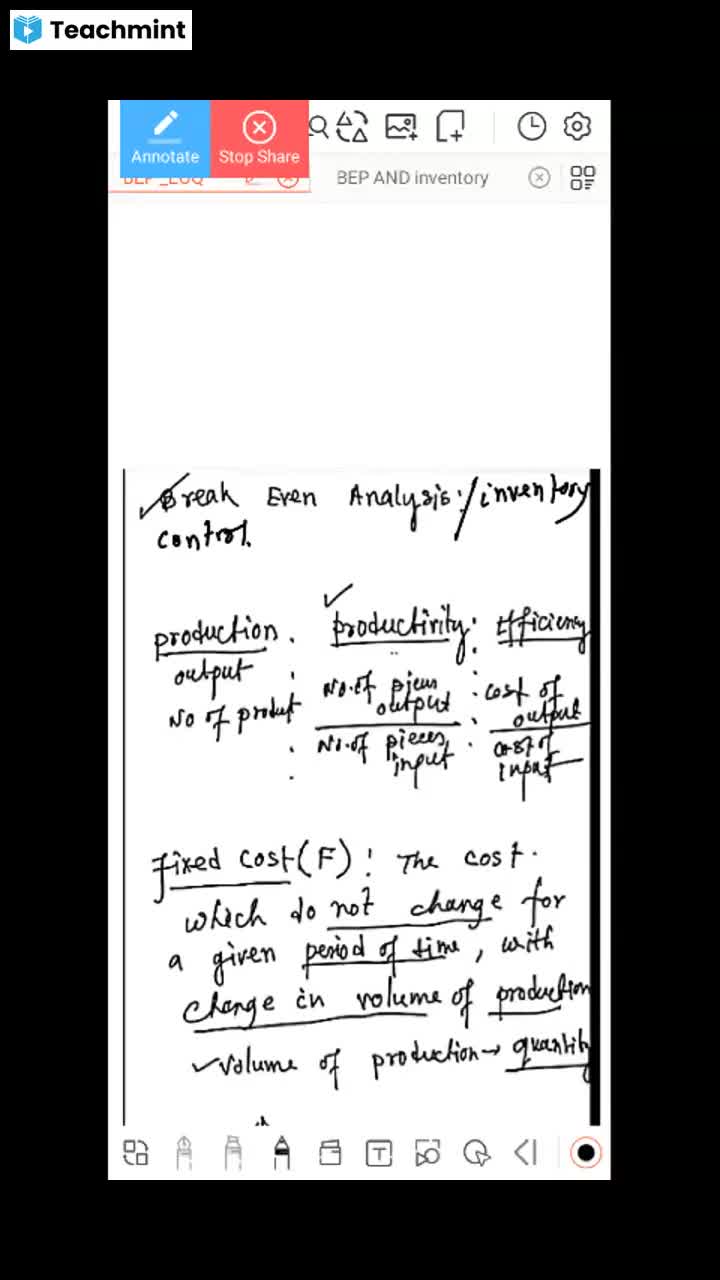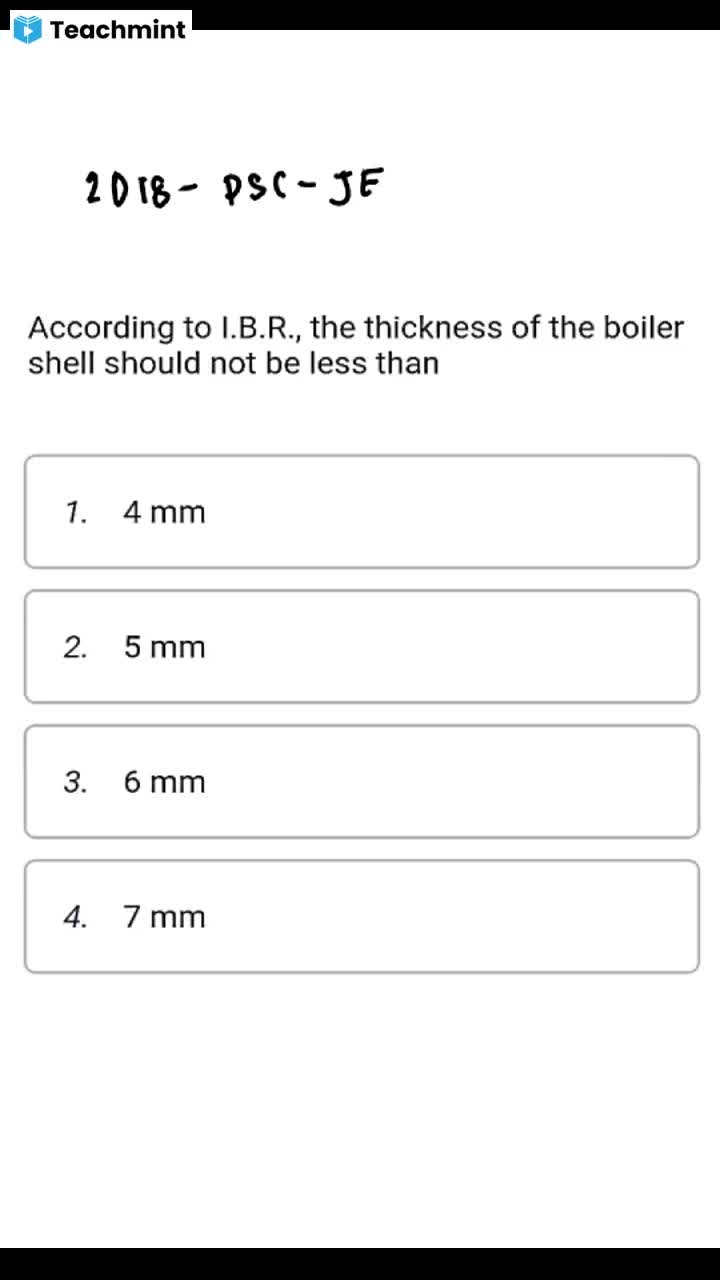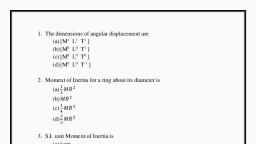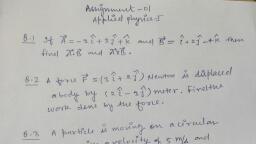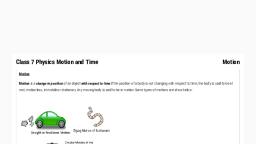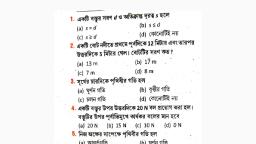Question 1 :
A food packet is released from a helicopter rising steadily at the speed of $2\ { m }/{ s }$. After $2$ seconds the velocity of the packet is (Take $g=10  { m }/{ { s }^{ 2 } } $):
Question 2 :
A ball is shot vertically upward with a given initial velocity. It reaches a maximum height of $100$m. If on a second shot, the initial velocity is doubled then the ball will reach a maximum height of.
Question 3 :
A constant force $F$ acts on a particle of mass 1 kg moving with a velocity $v$, for one second. The distance moved in that time is :
Question 5 :
A car starts from rest and accelerates uniformly over a time of 5.21 seconds for a distance of 110 m. Determine the acceleration of the car.
Question 6 :
The initial velocity of a particle, $\vec{u}=4\vec{i}+3\vec{j}$. It is moving with uniform acceleration, $\vec{a}=0.4\vec{i}+0.3\vec{j}$. Its velocity after $10$ seconds is
Question 7 :
What determines the nature of the path followed by the particle?<br>
Question 9 :
State whether the given statement is True or False :The motion of the moon around the earth in circular path is an accelerated motion.<br/>
Question 10 :
Fill in the blank.In circular motion, force is always _______ to the displacement.
Question 14 :
The speed of a car reduces from $15  m  s^{-1} $ to  $5  m  s^{-1}$ over a displacement of 10 m. What is the uniform acceleration of the car?<br/>
Question 15 :
State whether the given statement is True or False :The earth moves around the sun with a uniform velocity.<br/>
Question 16 :
Consider the following two statements A and B and identify the correct option:<br/>A) When a rigid body is rotating about its own axis at a given instant, all particles of body possess same angular velocity.<br/>B) When a rigid body is rotating about its own axis, the linear velocity of a particle is directly proportional to its perpendicular distance from axis.<br/>
Question 17 :
A particle starts its motion from rest under the action of a constant force. If the distance covered in first 10 seconds is $S_1$ and that covered in the first 20 seconds is $S_2$ then:<br/>
Question 19 :
Assertion: Linear momentum of a body changes even when it is moving uniformly in a circle.
Reason: In uniform circular motion velocity remains constant.
Question 21 :
If a bus travelling at $20\ m/s$ is subject to a steady deceleration of $5\ m/s^{2}$, how long will it take to come rest?
Question 22 :
State whether true or false.<br/>A particle rotating in a circular path may have constant speed but velocity changes continuously.
Question 23 :
An object is said to move in uniform linear motion if it travels in straight line and covers equal DISTANCE in the equal time interval, State whether given statement is True/ False?
Question 24 :
 (1):In uniform circular motion, tangential acceleration is zero.(2) : In uniform circular motion, velocity is constant.<br/>
Question 25 :
Circular Motion can be an example of periodic motion. State whether the given statement is True or False.
Question 26 :
The tip of seconds' hand of a watch exhibits uniform circular motion on the circular dial of the watch<br>State whether given statement is True/False?
Question 27 :
A particle of mass 3 kg moves under the force of $4\hat{i}+8\hat{j}+10\hat{k}$ N. If the particle starts from rest and was at origin initially. Its new co-ordinates after 3 seconds is :
Question 28 :
A cart is released from rest at the top of a long ramp at time $t = 0$ seconds and moves down the ramp at a constant acceleration rate. At a time of t, the cart has reached a speed of $2 m/s$. How fast will the cart be moving at the time of $3t$?
Question 29 :
A bullet emerge from a barrel of length 1.2 m with a speed of$\displaystyle 640{ ms }^{ -1 }$. Assuming constant acceleration, the approximate time that it spends in the barrel after the gun is fired is
Question 30 :
The total energy of a particle that moves along a circular path in vertical plane is:<br/>
Question 32 :
State whether the given statement is True or False :In a uniform circular motion, the speed continuously changes because the direction of motion changes.<br/>
Question 33 :
The time taken by a vertically projected body before reaching the ground is:
Question 35 :
In the case of uniform circular motion, which one of the following physical quantities does not remain constant?<br>
Question 36 :
Suppose a boy is enjoying a ride on a merry-go-round which is moving with a constant speed of $10\ ms^{-1}$. It implies that the boy is :<br/>
Question 38 :
If a particle moves in a closed path with a constant speed of 10 m/s, we can always say, that there will be a change in velocity. 
Question 39 :
The velocity of a body moving with a uniform acceleration of $2 m/sec^2$ is $ 10 m/sec$. Its velocity after an interval of 4 sec is 
Question 40 :
A particle travel half of the distance of a straight journey with a speed $6 m/s$. The remaining part of the distance is covered with speed $2 m/s$for half of the time remaining journey and with speed $4 m/s$for other half of time. The average speed of the particle is
Question 41 :
A jeep is accelerating uniformly in a straight line with $5 m/s^2$. Calculate the time required to cover a distance of 200 m if jeep starts from rest :
Question 42 :
In the equation of motion, $S = ut + 1/2 at^2$, S stands for
Question 43 :
(1) : In uniform circular motion the kinetic energy of the body is constant.<br/> (2) : In uniform circular motion the tangential force is zero.<br/>
Question 44 :
The slope of velocity-time graph for particle moving with uniform velocity is equal to
Question 45 :
The order of magnitude of revolution period of the earth around the sun is
Question 46 :
Assertion(A): In uniform circular motion the particle has zero acceleration.<br/>Reason (R) : Centripetal force is essential to keep a particle in circular motion.<br/>
Question 48 :
The velocity of a body depends on time according to the equation v=$\frac{t^2}{10} + 20$. The body is undergoing
Question 49 :
A ball of mass m is thrown straight upward from the top of a multi-storey building with an initial velocity of +15 m/s.<br/>Find out the time taken by the ball to reach its maximum height?<br/>





